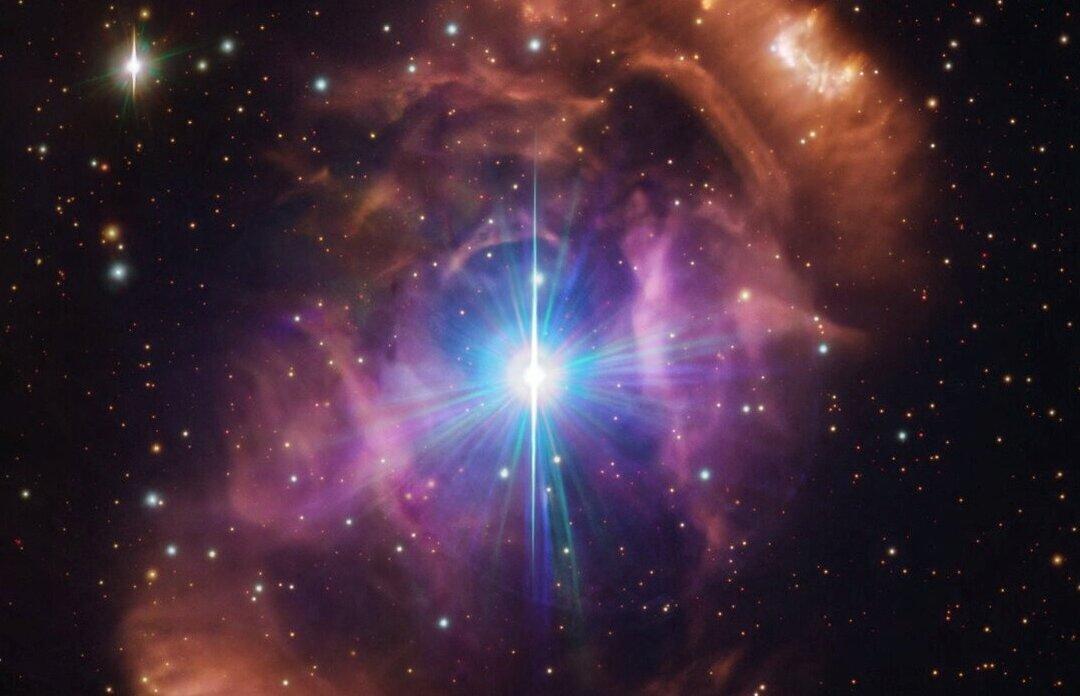WASHINGTON—Two large stars residing inside a spectacular cloud of gas and dust nicknamed the “Dragon’s Egg” nebula have presented a puzzle to astronomers. One of them has a magnetic field, as does our sun. Its companion does not. And such massive stars are not usually associated with nebulae.
Researchers now appear to have resolved this mystery while also explaining how the relatively few massive stars that are magnetic got that way. Blame it on stellar fratricide, they said. In this case, the bigger star apparently gobbled up a smaller sibling star, and the mixing of their stellar material during this hostile takeover created a magnetic field.





